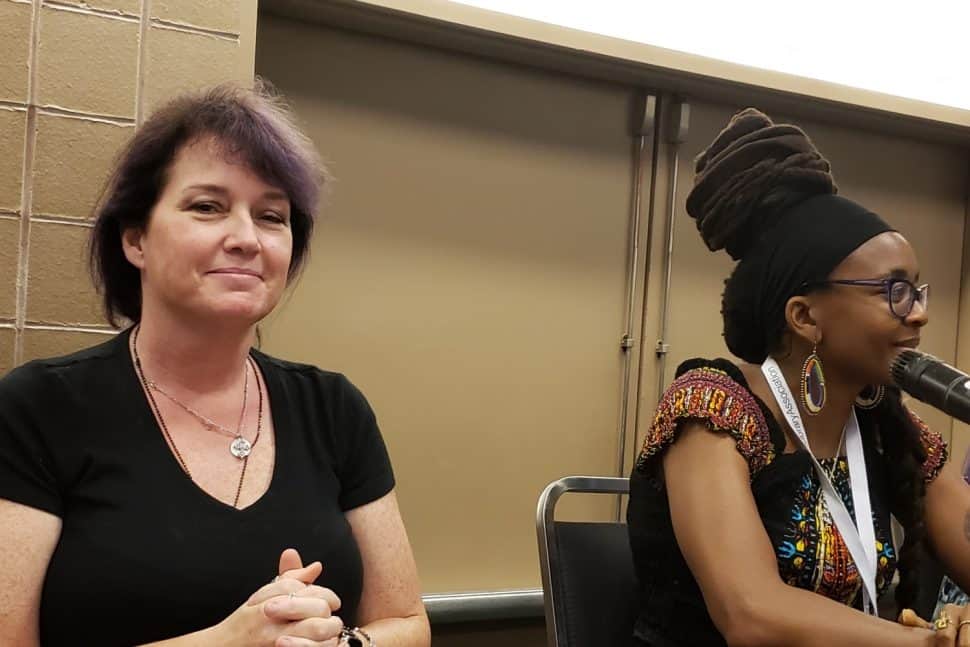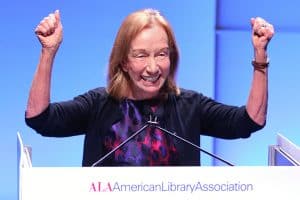
The last decade has seen big changes in immigration policy and policing. For immigrants and refugees, having good partners to navigate these changing dynamics is important. Public librarians from Denver, Houston, Los Angeles, and New York shared their experiences and best practices for serving immigrant and refugee communities at the American Library Association Annual Conference in New Orleans on June 23.
All of the panelists said the need for services to immigrants has been increasing, both for traditional library work—collection development in multiple languages and English classes—and for services that focus on civil rights, civic engagement, and social justice.
Eva Raison, coordinator of immigrant services at Brooklyn Public Library (BPL), said BPL has added two full-time legal advisors to help patrons with citizenship applications and connect them to other free services.
Other tips and best practices:
Start with demographics. Who are the immigrants and refugees in your community? Where are they from? You can use that data for everything from structuring appropriate programming to determining which languages to translate materials into.
Also, who are your library’s stakeholders and what is their attitude toward immigration?
Find internal partners. Nicanor Diaz, immigrant services manager at Denver Public Library (DPL), oversees the Plaza program at 10 of DPL’s branches. More than 30 staff members provide 48 hours of programming in eight languages at Plaza centers. His team reached out to DPL’s early learning department and community technology center to help with program sustainability and promotions.
Find external partners. Partnerships help bring in services so your staff doesn’t need to provide everything.
Diaz emphasized DPL’s healthy relationship with the city and county, which allows them to take risks when it comes to helping immigrants instead of shutting down programs all the time. He also said he wants to get more immigrants in decision-making positions in the library so they can help shape programs.
Adriana Blancarte-Hayward, outreach manager at New York Public Library (NYPL), noted that NYPL is not a city agency, but it receives a lot of funding from the city to provide municipal services to immigrants and help them enroll in benefits and workforce development.
Michelle Soong of Los Angeles Public Library (LAPL) described LAPL’s New Americans Centers—welcome stations that hold study materials and other information. The stations are self-serve but the library also wants people to be comfortable asking questions. Most services involve helping people fill out forms, but they also offer information on housing rights and small business support.
Build community. Helen Chou, senior manager of international services at Houston Public Library (HPL), said that Houston is the most diverse city in the US but it is also the most spread out, so the library is the gathering place for different communities to meet and mix. HPL’s Living Room at Your Library program is a strategic program to bring communities together to discuss issues and—importantly, Chou said—share food. One event compared empanadas from seven Spanish-speaking countries. “Learning starts with food,” she said. Most libraries in the program have planned additional events, which are moving beyond cultural exchange to discuss safety, disaster recovery, and other issues.
Raison provided a list of resources for librarians who want more information about policy, legal issues, and other organizations.


